REPORTS
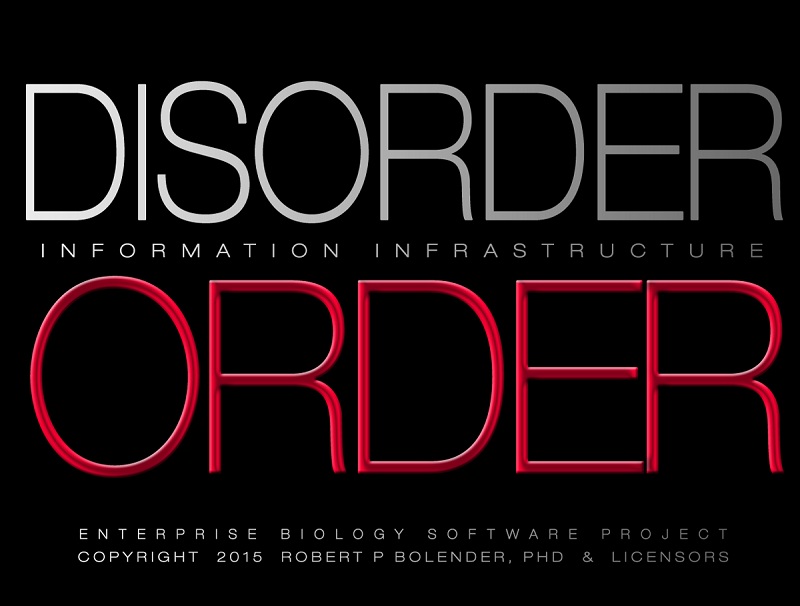
2015
Report 2015
DISORDER … ORDER Disorders of the human brain derive from an order common to both normal and abnormal individuals. The results suggest that the complexity of disorders in the human brain will extend far beyond even the most generous predictions.
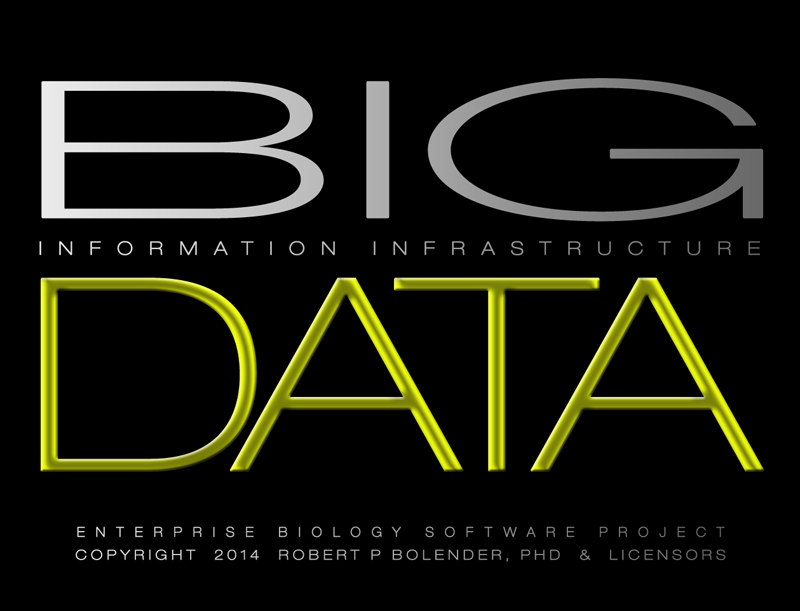
2014
Report 2014
BIG DATA Translating data of the human brain (Internet Brain Volume Database, Kennedy et al, 2012) into mathematical markers creates the conditions for attempting an objective – data driven – approach to clinical diagnosis. Such an exercise, however, quickly moves the exercise into the realm of big data where data cages begin to redefine the relationship of diagnosis to prediction.
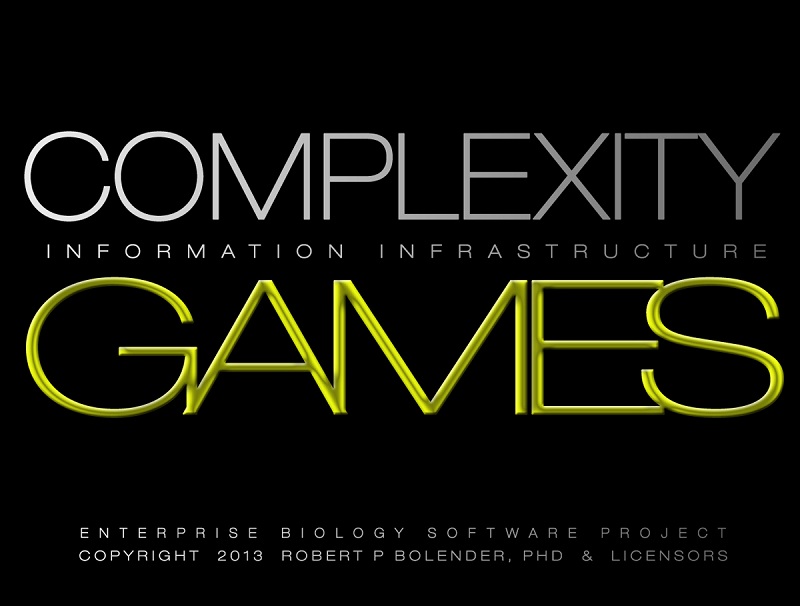
2013
Report 2013
COMPLEXITY GAMES By opening a door to biological complexity, mathematical markers can combine to form parallel complexities. Such complexities create opportunities for setting up and solving problems impossible under the regimen of reductionist theory. An objective approach to clinical diagnosis is explored using data collected from human brains – living and postmortem.
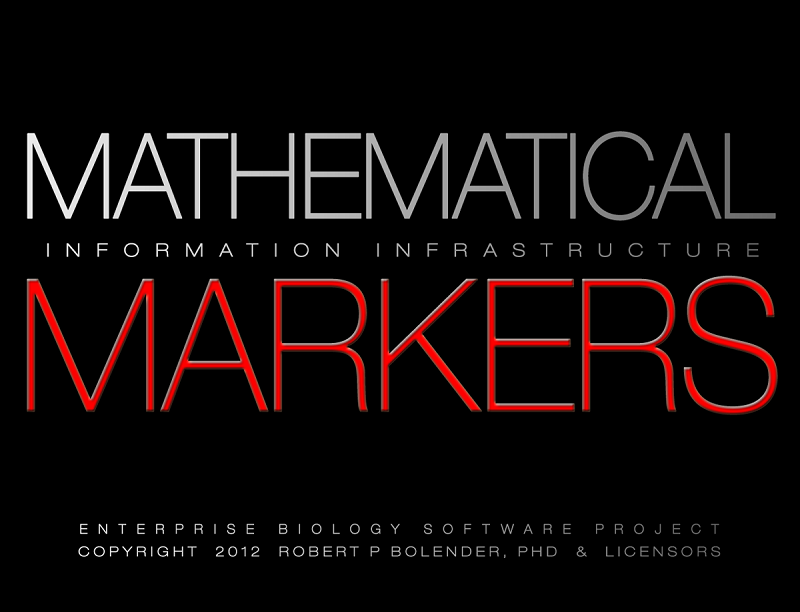
2012
Report 2012
MATHEMATICAL MARKERS The software package introduces mathematical markers – defined as alphanumeric strings of variables. By extracting biological rules of design from parts and connections, these markers can transform catalogs of simple reductionist data into complex data sets. Consequently, they can play a major role in developing complexity theory.
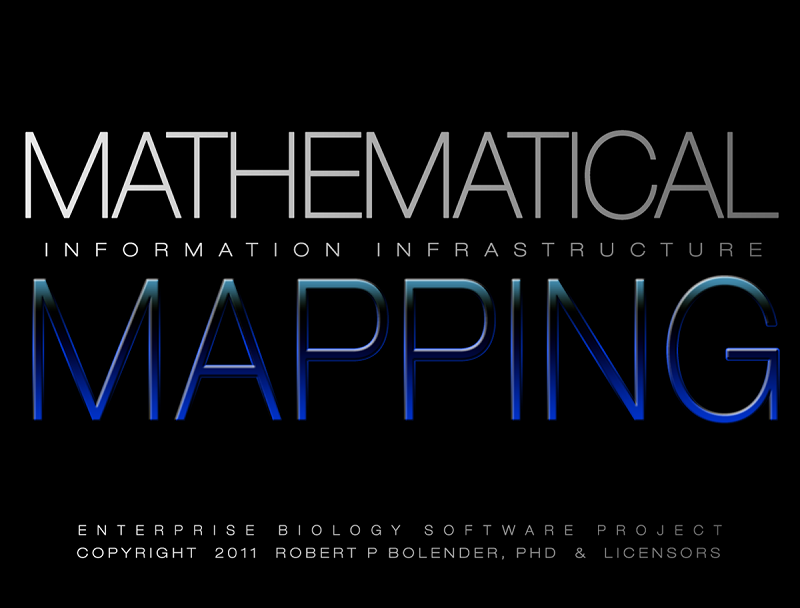
2011
Report 2011
MATHEMATICAL MAPPING The software package introduces mathematical mapping as a way of evaluating complex patterns in health and disease.
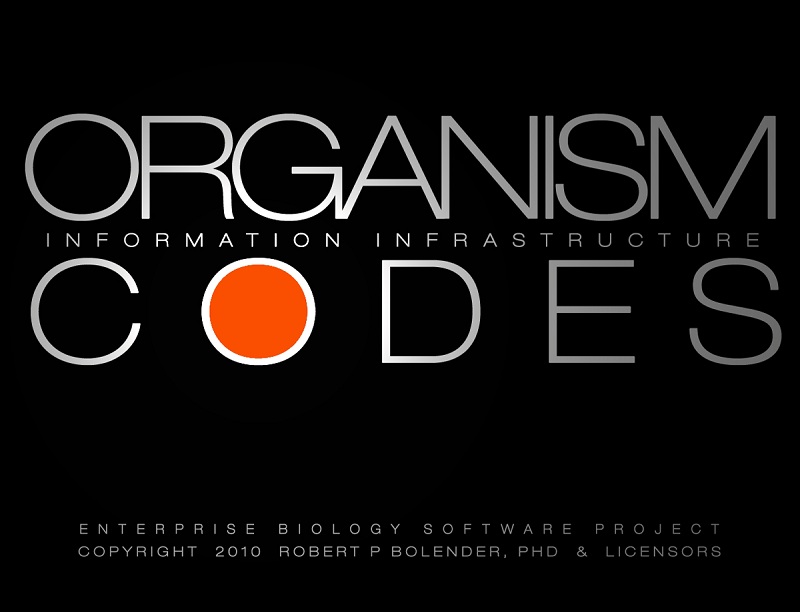
2010
Report 2010
ORGANISM CODES The software package includes organism codes based on triplets. They offer an unrestricted view of phenotypes quantitatively in terms of nodes and connections.
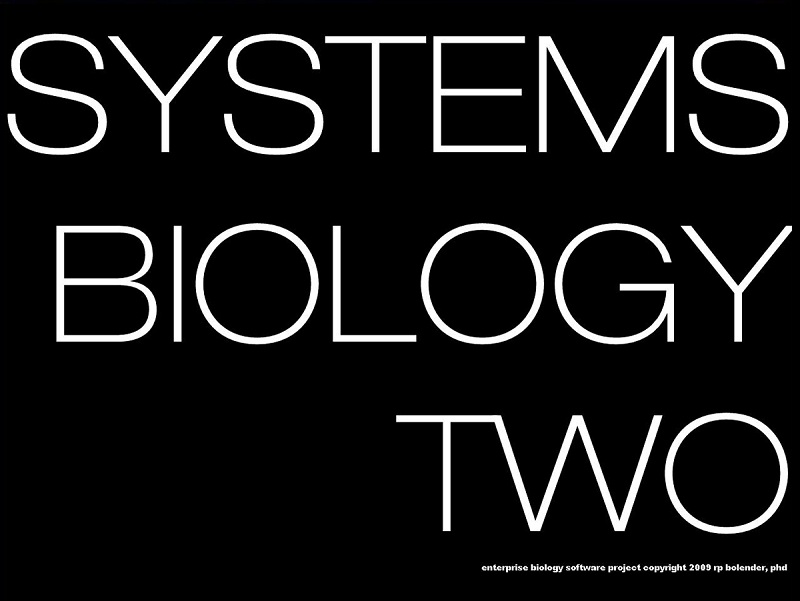
2009
Report 2009
SYSTEMS BIOLOGY TWO The software package explores new ways of interpreting data stored in databases using equations and graphics.
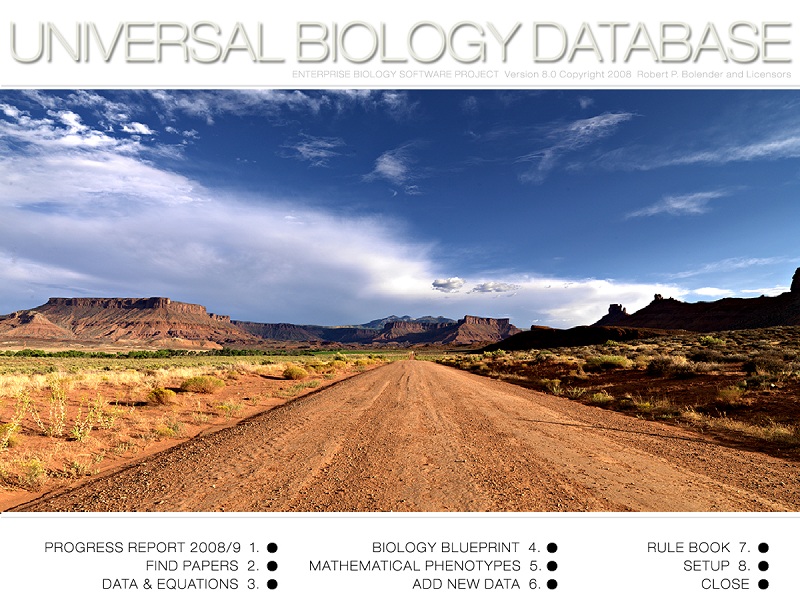
2008
Report 2008
UNIVERSAL BIOLOGY DATABASE 4.0 The report explores the advantages of playing biology’s game according to biology’s rules. This new strategy is surprisingly straightforward. Find out what biology does and then do exactly the same thing.

2007
Report 2007
UNIVERSAL BIOLOGY DATABASE 3.0 The software package was updated by adding new data tools including a concentration trap, cluster analysis module, and Rule Book. A solution to Puzzle 4 led to hybrid hierarchy equations and to a new strategy for capturing and interpreting data across all sixteen levels of the biology hierarchy – seamlessly. The results suggest that biology is unique among the basic sciences in that its data are inextricably bound to their locations.
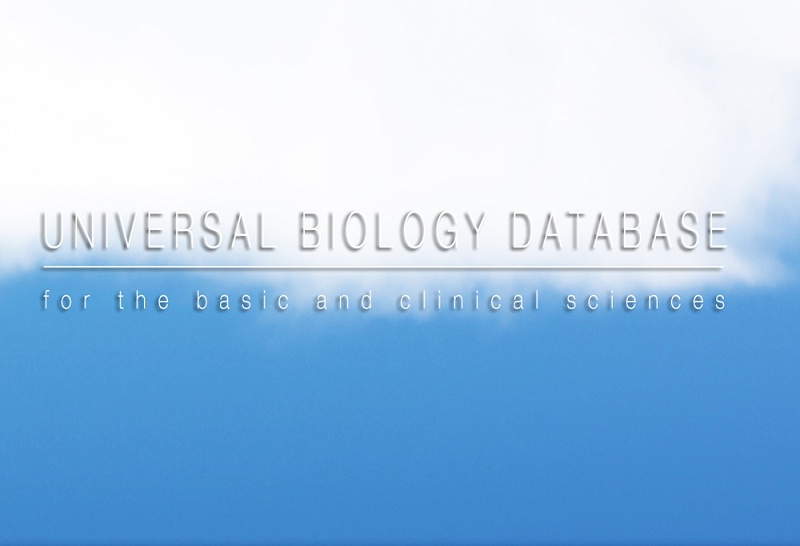
2006
Report 2006
UNIVERSAL BIOLOGY DATABASE 2.0 The database was upgraded to include both control and experimental data, connected to the original stereology literature database, refitted with a “query by example” interface , and used to generate equations and simulators.
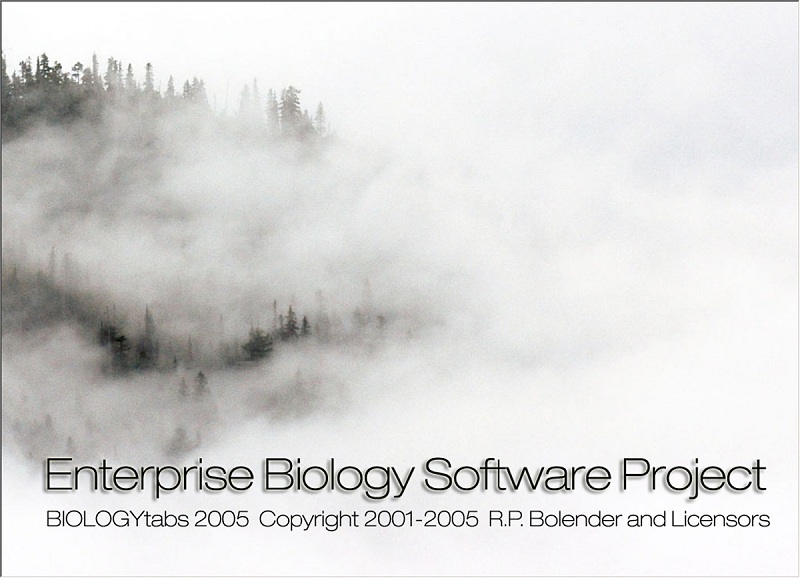
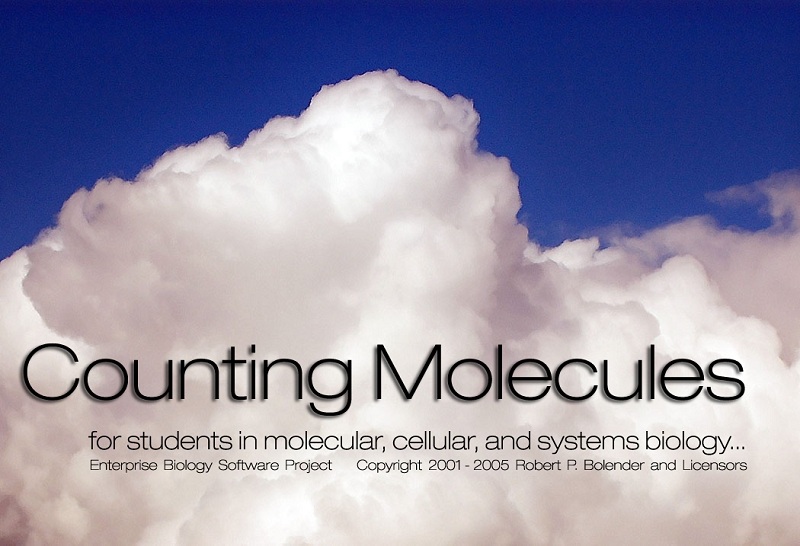

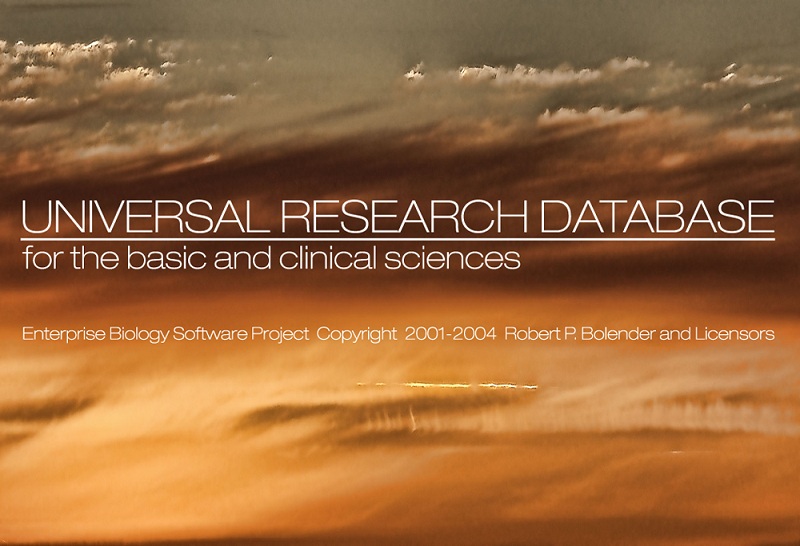
2005
Report 2005
The report explores the advantages of a data-driven approach to biology.
Puzzle 1
COUNTING MOLECULES – for students in molecular, cellular, and systems biology... The program introduces the student to the process of (1) designing experiments as equations, (2) running experiments and interpreting results (with and without complexity), and (3) evaluating research publications. The program delves into the fine points of reporting research results as optical densities, concentrations, and absolute values.
Puzzle 2
HIPPOCAMPUS – unfolded & refolded. The program explains the process of (1) writing equations for organs with published data, (2) predicting structural changes in the hippocampus from a single value (either a volume or cell count), and (3) identifying phenotypic patterns in species sharing similar genotypes (human, monkey, mouse, rat, and shrew).
Puzzle 3
UNIVERSAL BIOLOGY DATABASE 1.0. Published data are stored in a relational database, translated into a universal format, hardened by minimizing bias nd variability, integrated across disciplines, and transformed into equations.
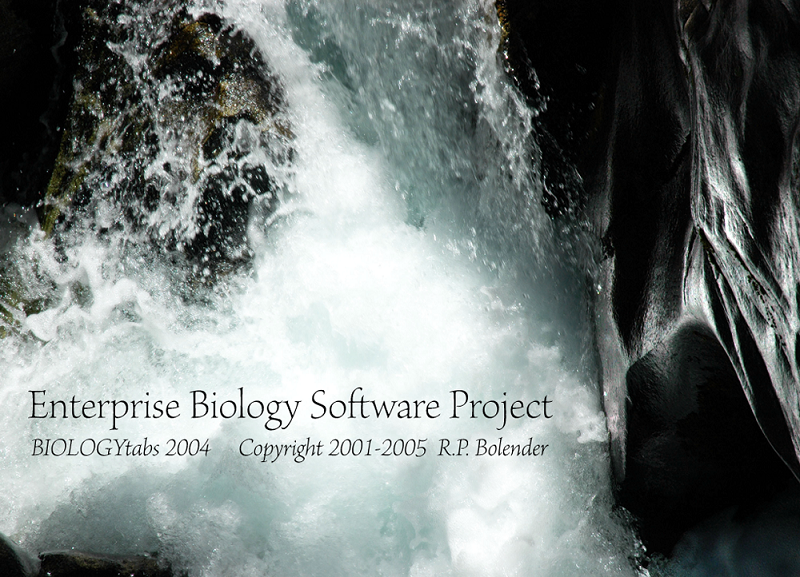
2004
Report 2004
New features include four equation libraries (repertoire, analogy, drill-down, and ladder), graphs (citations and methods), rule-based connections, and structural networks.
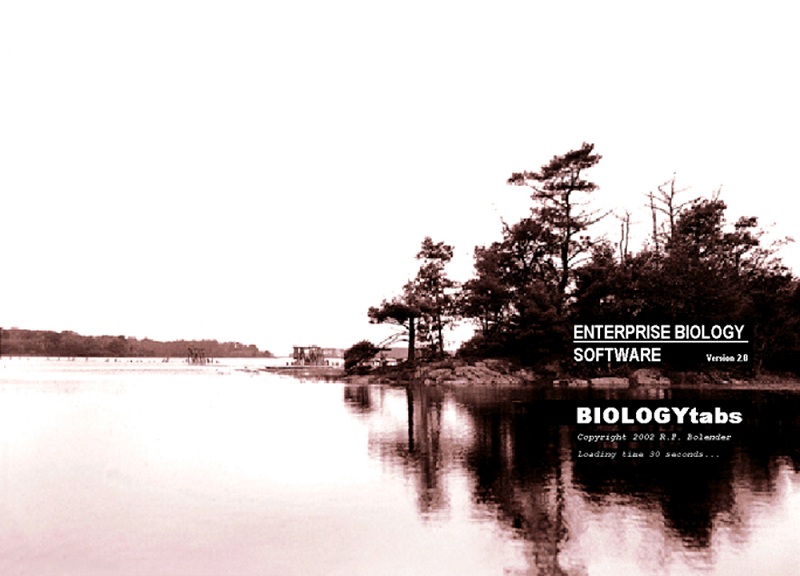
2002
Report 2002
It explores new applications for research data when stored in a relational database. New features include abstracts online, methods for minimizing bias, strategies for unfolding complexity, and methods for generating organs from seed values.
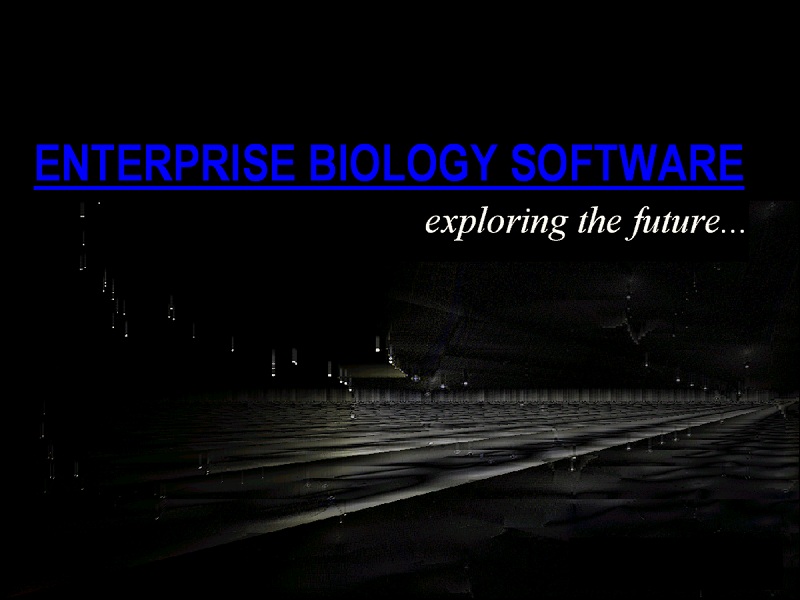
2001
Report 2001
The first software package includes five modules summarized in two reports. One focuses on research data, the other on background courses.
REPORT 2001A
The first report describes the process of moving published research data into a relational database and outlines a strategy for translating data into new forms of information. An appendix includes directions, tools, and data entry screens for managing the database and software package. Taken together, they provide a realistic view of what it takes to build and maintain an enterprise system in an academic setting.
REPORT 2001B
The second report includes three courses – designed specifically for undergraduate biology students.
1. Human Biology. The course includes thirty-eight lectures, assignments, exercises, simulators, and quizzes. Technology is used to create a new environment for students – one offering experiences quite unlike those they currently enjoy with traditional textbooks and lectures.
2. Mathematics (stereology) applied to biology. The course looks at research data in biology with the view of connecting them across a hierarchy of size – extending from individual molecules to complete organisms.
3. Technology. The course defines enterprise biology and attempts to define a mathematical framework for the biology literature.

